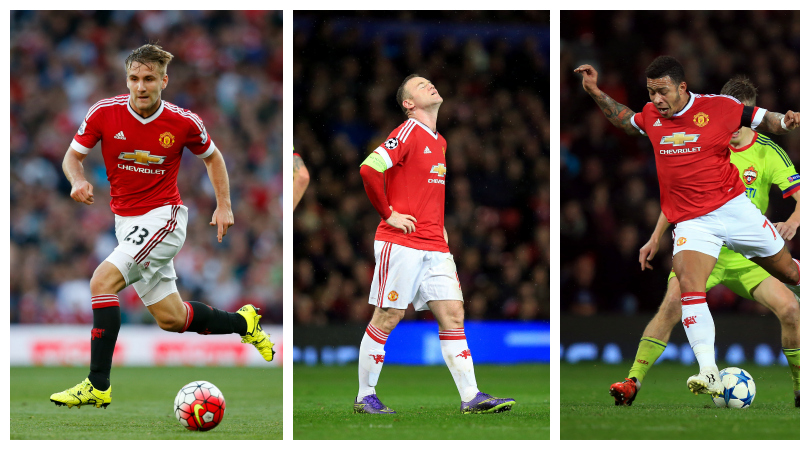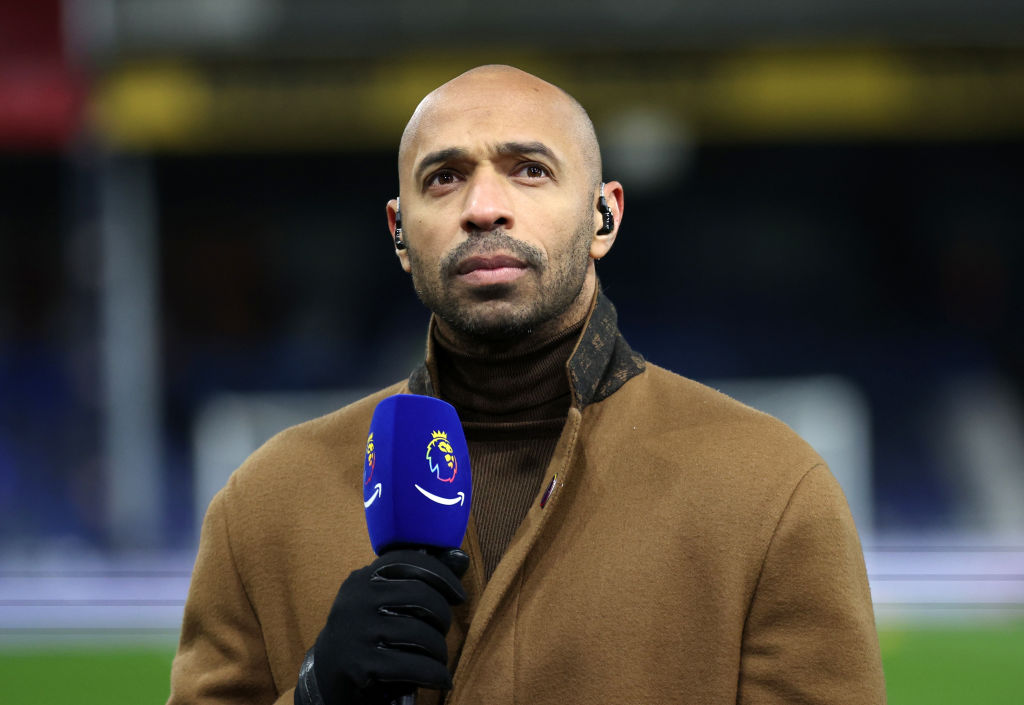Focus: Man United missing Shaw's raids forward as the goals dry up
Goal-shy United could struggle to break down Tony Pulis' defensive wall, explains Alex Keble...

Predicting the tactical pattern of this match is relatively simply given the remarkable consistency with which Louis van Gaal and Tony Pulis set up their respective sides.
West Brom are masters of the deep-lying defensive shell that congests the penalty area and restricts space between the lines, whilst Manchester United are relentlessly low tempo and obsessed with possession. Expect Pulis’s side to sit in compact rows and allow United to probe and probe, waiting patiently for the smallest of chinks to emerge.
West Brom have collected a clean sheet in 57% of their league matches since Pulis took charge in January, thanks to the rigidly structured, retreating lines of four that he employs. Their defence is packed with strong, tall defenders capable of dominating anything aerially who, with so little space between them and the penalty area, can simply retain shape and become a brick wall against the onslaught.

This conservative, stand-off model is reflected in the statistics: Albion commit the least fouls in the division (9.0 per game) and make the second fewest tackles (16.4 per game). Unsurprisingly, this approach leaves them short on attacking numbers and leads to long ball football (42.7 inaccurate long balls per game, second only to Leicester); Man United’s sturdy defence is unlikely to concede.
United can keep the ball – passes, passes, passes – but if you work hard against them and stay in a good shape they can't do anything to pass through you or be adventurous
However, United are also unlikely to score. After last week’s 0-0 draw at Selhurst Park, Yohan Cabaye said, “they can keep the ball – passes, passes, passes – but if you work hard against them and stay in a good shape they can't do anything to pass through you or be adventurous.” West Brom are possibly the worst team United could face during such a goal drought.
One possible explanation for Man Utd’s record of two goals scored in five games (aside from the poor form of Wayne Rooney and Memphis Depay’s conspicuous absence from the starting team) is the injury to Luke Shaw in September.
Up until then, 49% of United’s attacks came down the left, and - with Memphis Depay cutting inside to create space for Shaw’s overlapping runs – United were able to add penetration to their possession football. In the six league games since his injury, they have only attacked down the left 34% of the time.
Get FourFourTwo Newsletter
The best features, fun and footballing quizzes, straight to your inbox every week.

Marcos Rojo is unable to drive forward with similar intent, and although Antonio Valencia should be capable of doing so, United’s propensity to lean left (Juan Mata drifts very far infield from the right) limits his overlapping runs.

The issues with Rooney up front are well documented, but against CSKA Moscow Van Gaal finally moved Anthony Martial into a central role, after the youngster had begun to be frustrated by opponents that were increasingly aware he represented the sole creative threat. The change was a success.
Jesse Lingard completed seven dribbles from the left wing, adding a creative spark and directness that was matched by the energy of Martial’s movement off the shoulder of the last defender. In time, their relationship could flourish on this side. Against the deep-lying system of West Brom it is surely their best hope.

Man United vs West Brom LIVE ANALYSIS with Stats Zone
STATS ZONE Free on iOS • Free on Android
